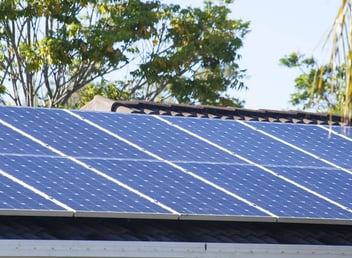STCs 2022 to 2023 explained
You may have heard in solar news about the decreasing solar rebate. However, it can be difficult to understand what it all means. Actually, calling it a rebate is a bit of a misnomer.
We are talking about Fed. Gov. sanctioned solar funding, it refers to the number of STCs a system receives when installed. STC stands for Small-scale Technology Certificate. Typically, installers (including SkyGreen) automatically deduct from our prices any STC values you receive as part of our prices, so you do not have to determine it yourself. It’s often a called a rebate, but if we’re to be pedantic, it’s not.
The number of STCs received by a given system are determined by geographic location and time of installation, as well as the size of the system being installed. The amount of STCs received are based on date of installation, not date of sale. This should be kept in mind as it affects the number of STCs and therefore the discount you receive.
So, what is changing with the STCs? Well, the calculation period decreases by 1 year every year and will do so every year until 2030. Although the STC amount is gradually decreasing, the price of solar energy is decreasing along with it, so to a significant extent these price differences are evened out. However, this year we are seeing a very stable solar market, so we don’t expect to see actual price reductions.
In 2022, the deeming period is 9 years of system operation, and so you received additional STCs based on the assumption that your system would be active for that period. In 2023, this falls to 8 years, and for Melbourne installations of 6.6kW, the STC amount reduces by roughly $300, and for Sydney around $330 based on current STC value.
To calculate your number of small-scale technology certificates (STCs) please visit rec-registry.gov.au.
Contact us now to secure your installation in 2022 and avoid the price rise.
.png?width=1514&height=370&name=SkyGreen_Logo%20(2).png)


